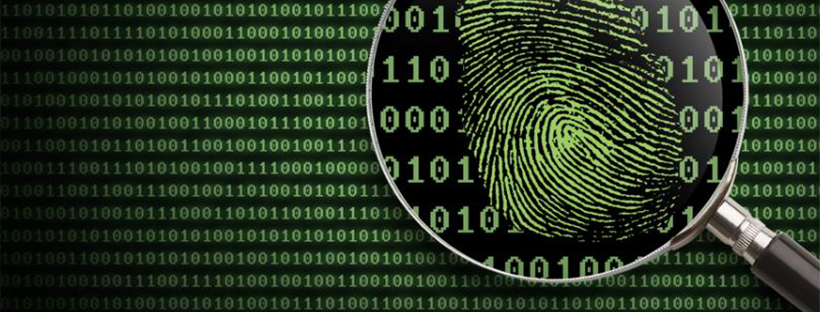The discussion on digital ethics today revolves around the EU data protection model. The EU General Data Protection Regulation (affectionately known as the “GDPR”) being the latter’s standard-setting text, I believe that there is some merit in discussing the GDPR’s own ethics. To me, these include both the GDPR moral principles (what to do and not to do) and its policy options (how these moral principles came to exist). This series will follow the structure of the GDPR, not so much as an article-by-article analysis (the 1/99 on their title being more of a personal benchmark), than in an effort to reveal (some of) its reasoning and ethics-related issues. Needless to say, none of this constitutes legal advice nor anything other than personal ruminations at best.
- Opening text and mission statement: Is the GDPR hijacking digital ethics? (LinkedIn article version, personal website version)
- Article 1 of the GDPR: Processing personal data under the GDPR: Can we “simply say no”? (LinkedIn article version, personal website version)
- Article 2 of the GDPR: The household exemption: Is “personal” processing of “personal data” possible? (LinkedIn version, personal website)
- Article 3 of the GDPR: Death, taxes, and now the GDPR (LinkedIn version, personal website)
- Article 4 of the GDPR: No right to be forgotten for the GDPR (LinkedIn version, personal website)
- Article 5 of the GDPR: What is “fair” in “fair and lawful” processing of personal data? (LinkedIn version, personal website)
- Article 6 of the GDPR: The GDPR as a tool for European Integration (LinkedIn version, personal website)

